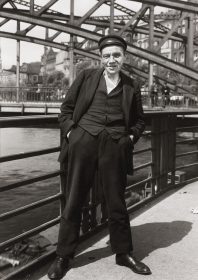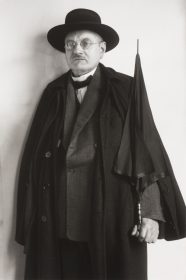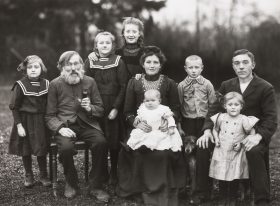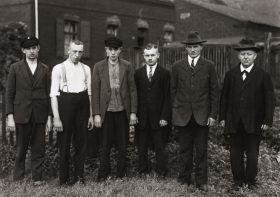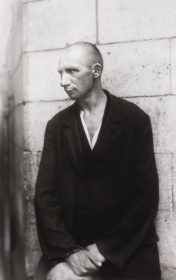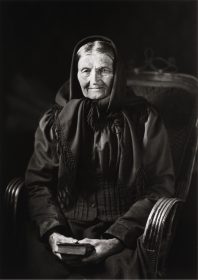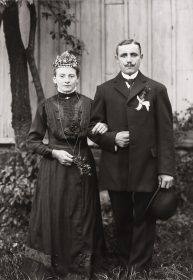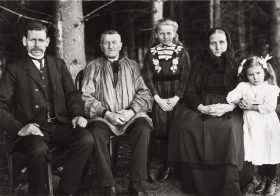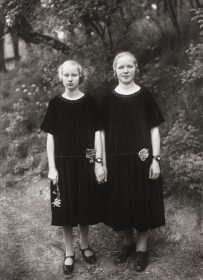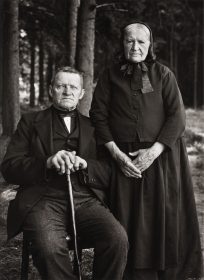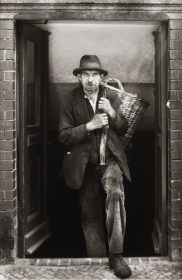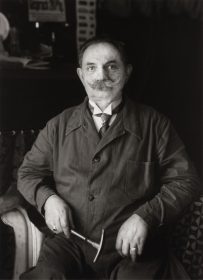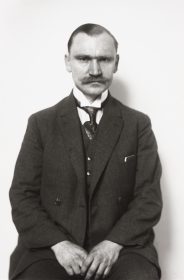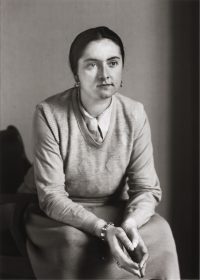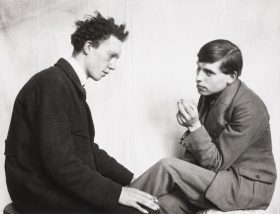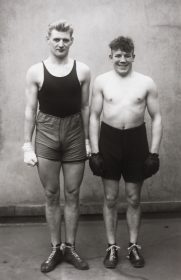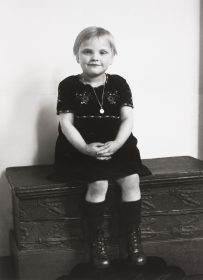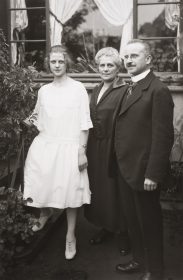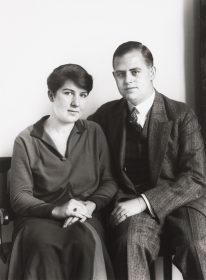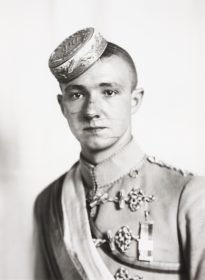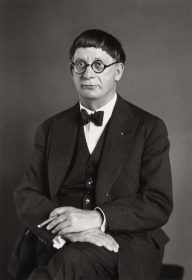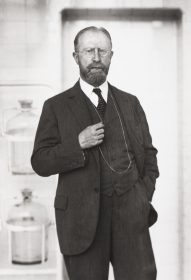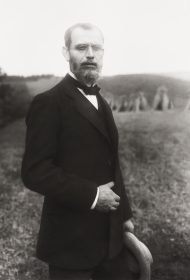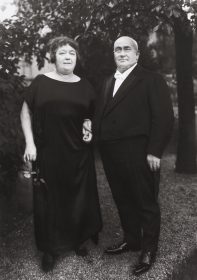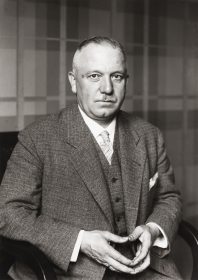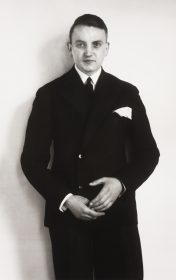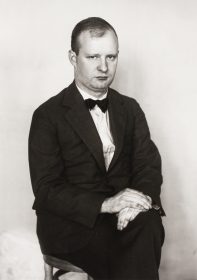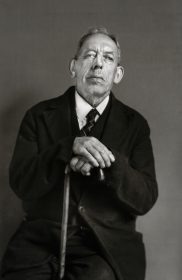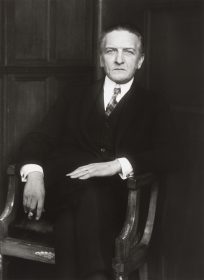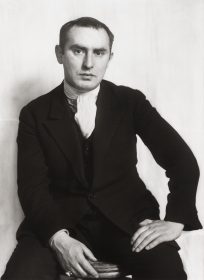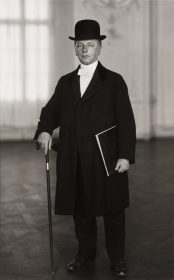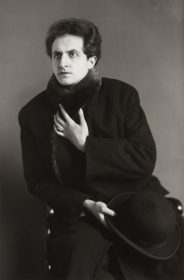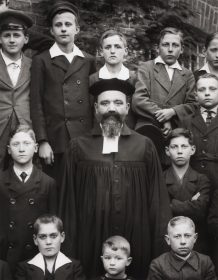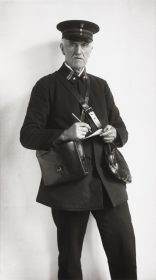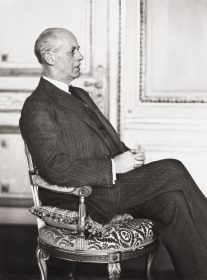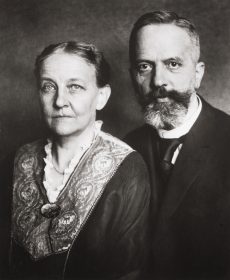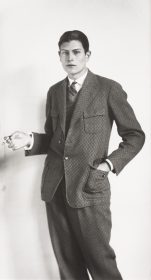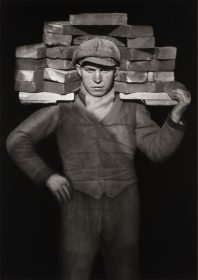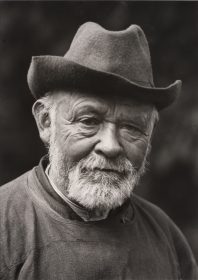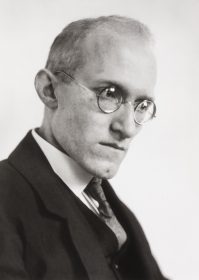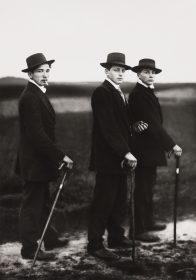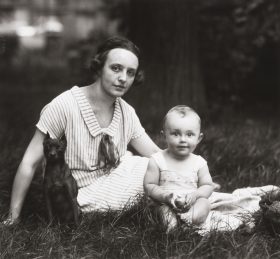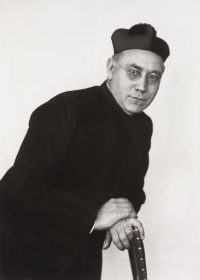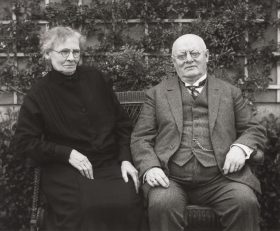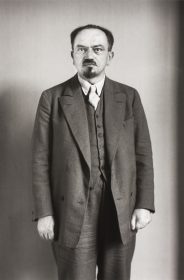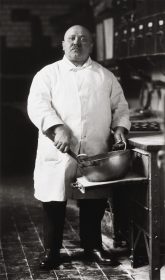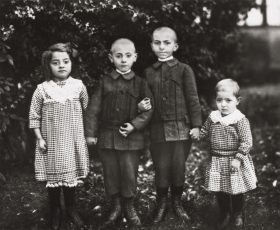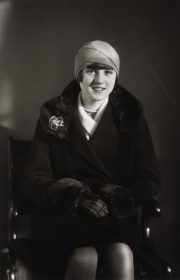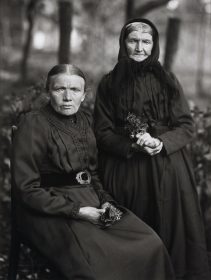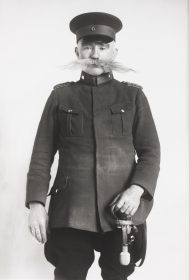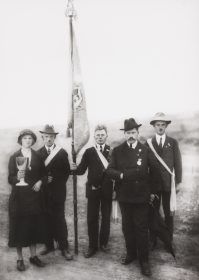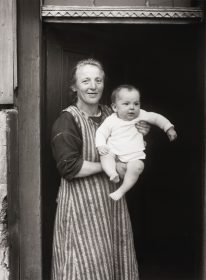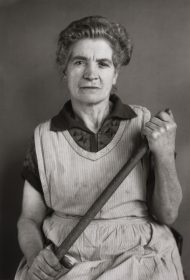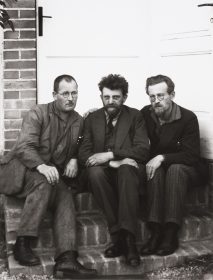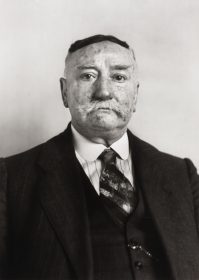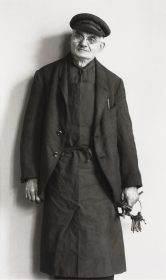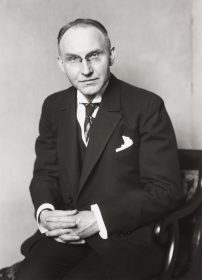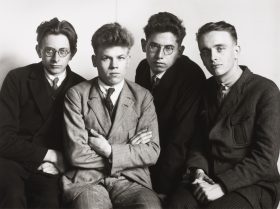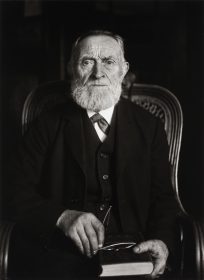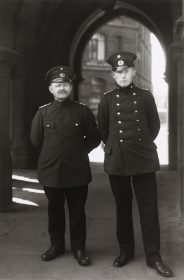Artworks by Sander, August
![As-481-59]()
Abgebauter Seemann (Unemployed Sailor)
![As-481-42]()
Abgeordneter (Demokrat) (Member of Parliament, Democrat)
![As-481-19]()
Arbeiterfamilie (Working-class Family)
![As-481-22]()
Arbeiterrat aus dem Ruhrgebiet (Worker's Council from the Ruhr)
![As-481-60]()
Arbeitslos (Jobless)
![As-481-03]()
Bäuerin aus dem Westerwald (Westerwald Farming Woman)
![As-481-08]()
Bäuerliches Brautpaar (Engaged Farming Couple)
![As-481-05]()
Bauerngeneration (Three Generations of a Farming Family)
![As-481-07]()
Bauernmädchen (Country Girls)
![As-481-04]()
Bauernpaar aus dem Westerwald (Westerwald Farming Couple)
![As-481-21]()
Berliner Kohlenträger (Berlin Coal-carrier)
![As-481-15]()
Berliner Tapezierermeister (Master Upholsterer)
![As-481-37]()
Betriebsingenieur (Production Engineer)
![As-481-51]()
Bildhauerin (Sculptress)
![As-481-56]()
Bohème (Bohemians)
![As-481-13]()
Boxer (Boxers)
![As-481-32]()
Bürgerkind (Middle-class Child)
![As-481-30]()
Bürgerliche Famile (Middle-class Family)
![As-481-48]()
Bürgerliches berufstätiges Ehepaar (Professional Middle-class Couple)
![As-481-41]()
Corpsstudent (Fraternity Student)
![As-481-49]()
Der Architekt. Professor Dr. P., Berlin (The Architect, Prof. P., Berlin)[Hans Poelzig]
![As-481-44]()
Der Arzt. Professor Dr. Schl., Berlin (The Doctor, Prof. Schl., Berlin)[Carl Robert Schlayer]
![As-481-11]()
Der Herr Lehrer (The Schoolmaster)
![As-481-10]()
Der Herrenbauer (Gentleman Farmer and Wife)
![As-481-45]()
Der Industrielle (The Industrialist)
![As-481-38]()
Der junge Kaufmann (Young Businessman)
![As-481-52]()
Der Komponist P.H. (The Composer P.H.) [Paul Hindemith]
![As-481-27]()
Der Kräuterheilkundige (The Herbalist)
![As-481-43]()
Der Kunstgelehrte (The Art Scholar)[Wilhelm Schäfe]
![As-481-50]()
Der Maler (Painter)[Jankel Adler]
![As-481-53]()
Der Pianist (The Pianist) [Max van de Sandt]
![As-481-55]()
Der Tenor L.A. (The Tenor L.A.)[Leonardo Aramesco]
![As-481-29]()
Evangelischer Geistlicher (Protestant Minister)
![As-481-34]()
Geldbriefträger (Registered Letter Mailman)
![As-481-46]()
Großindustrieller. Kommerzienrat A.v.G, Köln (Industrial Magnate Commercial Councilor A.v.G, Cologne) [Arnold von Guilleaume]
![As-481-47]()
Grosskaufmann mit Gattin (Wholesale Merchant and Wife)
![As-481-40]()
Gymnasiast (High School Student)
![As-481-23]()
Handlanger (Brick Layer)
![As-481-02]()
Hirte (Shepherd)
![As-481-33]()
Jugendbewegung (Youth Movement)
![As-481-06]()
Jungbauern (Young Farmers)
![As-481-31]()
Junge Mutter, bürgerlich (Young Mother, Middle-class)
![As-481-28]()
Katholischer Geistlicher (Catholic Priest)
![As-481-12]()
Kleinstadtbürger, Monschäuer (Middle-Class Couple, Monschau)
![As-481-24]()
Kommunistischer Führer (Communist Leader)[Paul Frölich]
![As-481-16]()
Konditor (Pastry Cook)
![As-481-18]()
Landproletarierkinder (Working-class Country Children)
![As-481-39]()
Lyzealschülerin (High School Girl)
![As-481-17]()
Mutter und Tochter. Bauern- und Bergmannsfrau (Mother and Daughter, Farmer's Wife and Miner's Wife)
![As-481-35]()
Polizeibeamter. Der Herr Wachtmeister (Police Officer)
![As-481-09]()
Preisträger (Prizewinners)
![As-481-20]()
Proletariermutter (Working-class Mother)
![As-481-58]()
Putzfrau (Cleaning Woman)
![As-481-25]()
Revolutionäre (Revolutionaries)
![As-481-57]()
Schankkellner (Bartender)
![As-481-14]()
Schlossermeister (Master Locksmith)
![As-481-54]()
Schriftsteller und Literaturkritiker D.H.S. (Writer and Literary Critic D.H.S) [Dettmar Heinrich Sarnetzki]
![As-481-26]()
Werkstudenten (Working Students)
![As-481-01]()
Westerwälder Bauer (Westerwald Farmer)
![As-481-36]()
Zöllner (Customs Officers)
